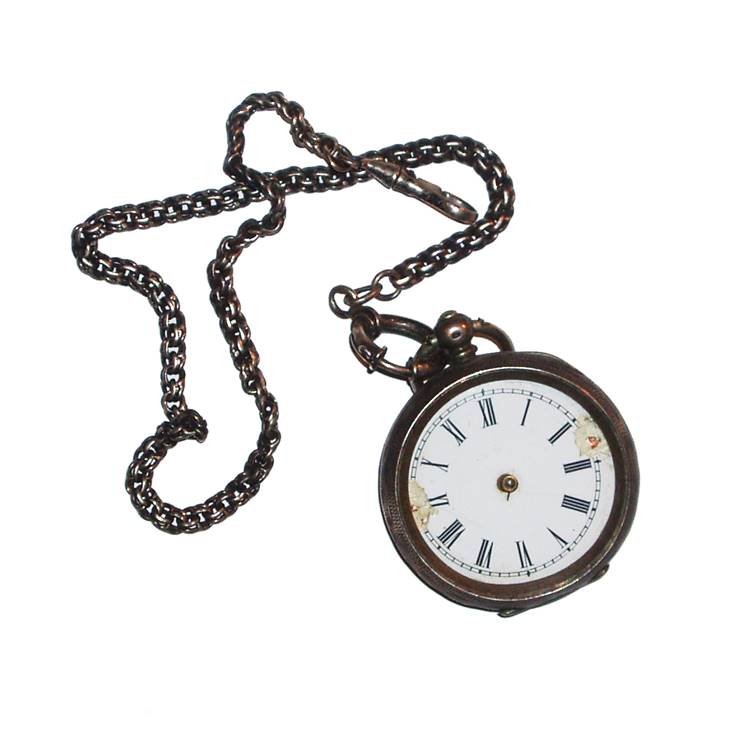History of Pocket Watches
Pocket watch is a time measure item that managed to infuse itself into culture and development of our modern civilization for unusually long period of time. Ever since its development in 16th century to the time of World War one in 20th century, pocket watches represented not only the most popular type of portable clock design, but also an integral part of male fashion.
History of pocket watches started in early late 1400s and early 1500s when mechanical engineering reached the state when simple spring devices could be made. By using the invention of mainspring, German inventor Peter Henlein was finally able to create watches that did not require falling weights as the source of their power. This invention gave birth to the first wave of small portable watches, which were in the beginning worn as a pendant on a chain around the neck.

Bu 1524 Peter Henlein produced pocket watches regularly, enabling his innovative designs to spread across Europe during the reminder of 16th century. Early models of mainspring powered watches were round (often egg-shaped) and bulky, but the introduction of screws in 1550s enabled them to gain modern flatten shape that we know today. Another distinctive feature of those early designs was the lack of glass – the only protection from the outside influences was bras lid.
1675 was the year when new fashion style emerged – pocket clocks that were small enough to be wore in pocket and not like a pendant. The originator of this fashion style was Charles II of England who popularized this new way of carrying watches across entire Europe and North America. By then, Glass protection was introduced, and pocket watches truly became the luxurious items that received many attention from fashion designers and innovators. The only downside of the watches that were made before 1750s was their lack of accuracy – they often loose several hours during one day! Introduction of lever escapement changed all that, enabling watches to loose minute or two during one day. This was improvement finally enabled introduction of minute handle which was not present in previous models.
After 1820, levers became standard in manufacturing all clock mechanics (which has not change even until today) and 1857 was the year in which we saw first pocket watch created from standardized parts. Powered with an industrial revolution, such watches soon overflowed the public of Europe and Americas, enabling everyone to buy cheap, durable and accurate watch. By 1865 American Watch Company could manufacture more than 50 thousand reliable watches, and soon after that other companies joined them in the manufacturing effort.
Between 1880 and 1900 saw the first attempts of standardizing time, not only for creation of time zones but also because of ever increasing need of precise time measurements in many scientific experiments and public transportation systems (famous Ohio train wreck of 1891 happened because of train engineer watches were 4 minutes out of sync).
By the time of World War I, pocket watches went out of fashion after highly miniaturized wrist watches became famous.
